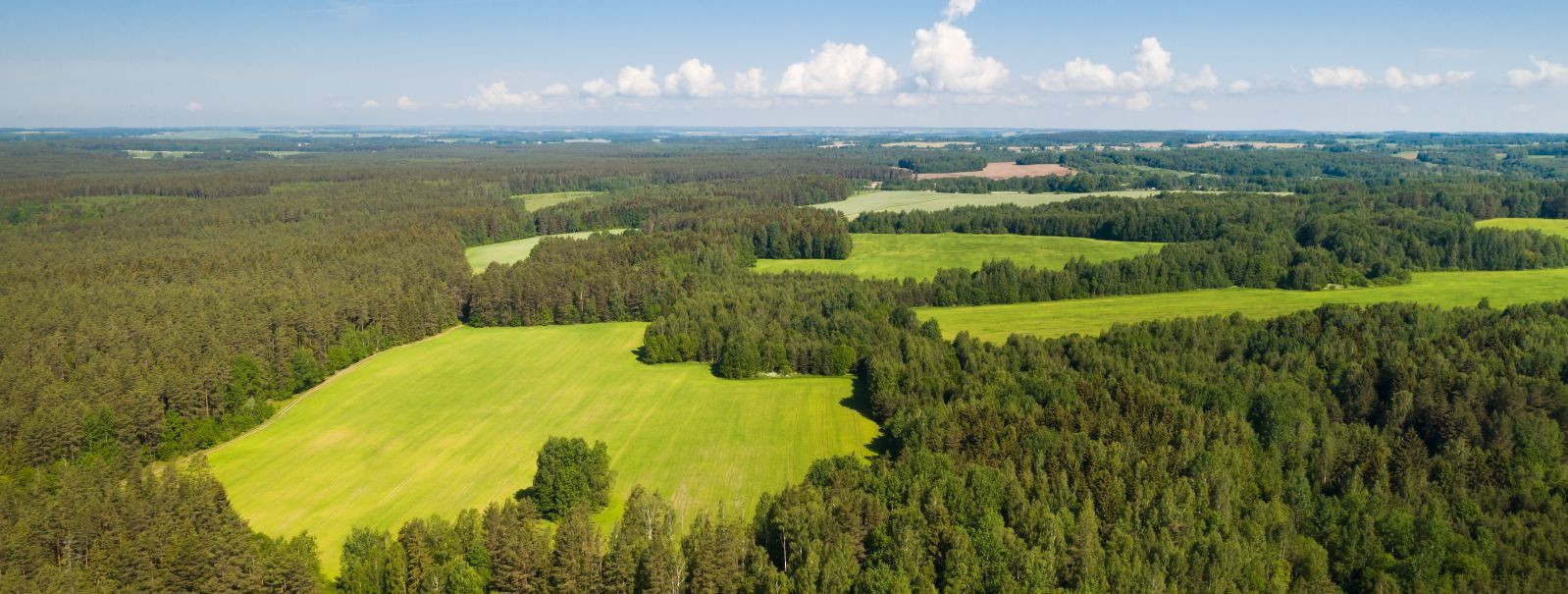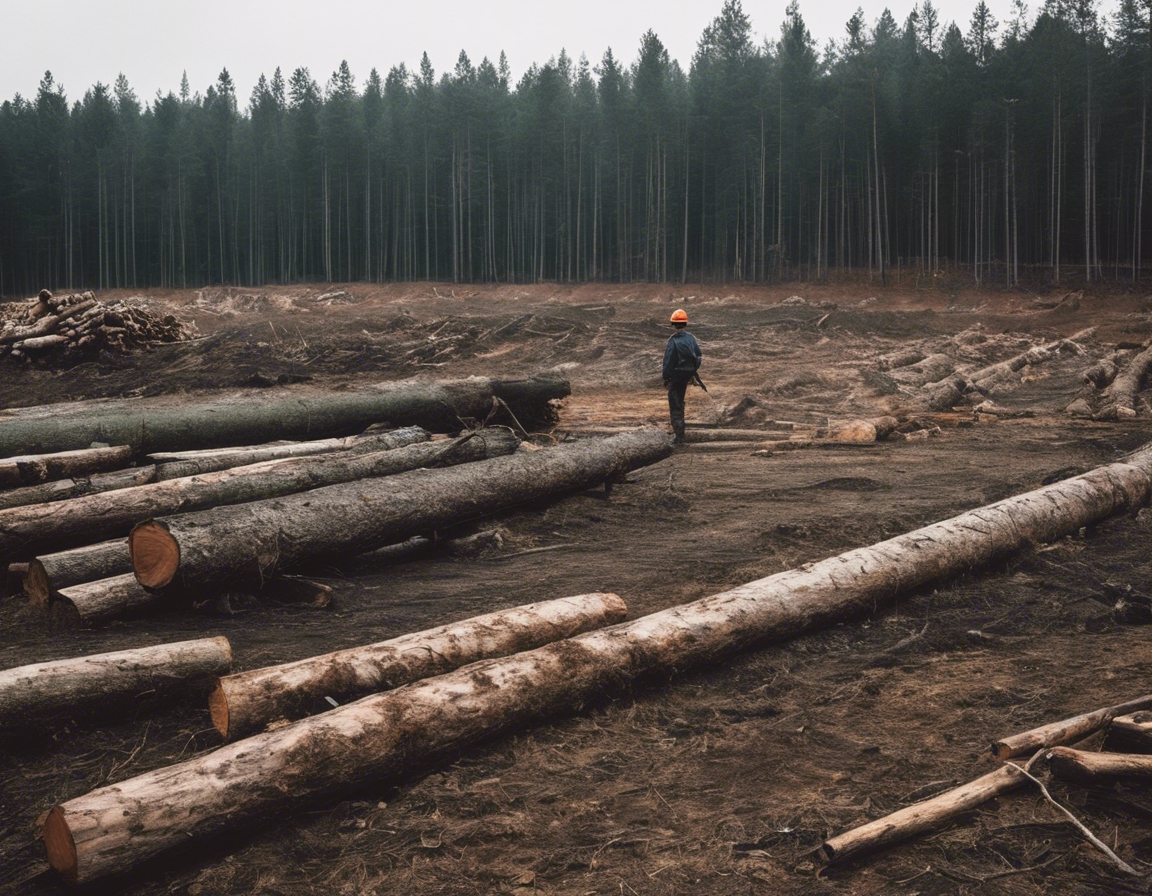Maximizing profits: the art of thinning and clear cutting
Effective forest management is crucial for balancing economic returns with ecological integrity. Two common practices in forest management are thinning and clear cutting, each with its own set of strategies for maximizing profits while considering environmental sustainability.
Thinning involves selectively removing trees from a forest to improve the health and growth of remaining trees, while clear cutting involves removing all trees from a specific area. Both methods have their place in forest management, depending on the objectives of the landowner and the characteristics of the forest.
Strategic forest management, including thinning and clear cutting, can lead to increased timber yields, improved forest health, and better habitat for wildlife. It also allows for a more controlled and profitable timber harvest.
The Economics of Thinning
Thinning is a silvicultural practice aimed at reducing forest density. It is used to manage light, nutrients, and space between trees, allowing selected trees to grow faster and healthier.
There are several types of thinning, including pre-commercial, commercial, and crown thinning, each targeting different stages of forest development and economic objectives.
Thinning can increase the value of a forest stand by improving timber quality and size, reducing the risk of disease and pests, and enhancing the overall productivity of the forest.
Aside from economic benefits, thinning is essential for maintaining forest health. It can help prevent wildfires by reducing fuel loads and increase biodiversity by creating varied habitats.
Clear Cutting: A Controversial but Profitable Practice
Clear cutting is a forestry technique where all the trees in a designated area are uniformly cut down. While it is often criticized for its environmental impact, it can be an effective way to regenerate certain types of forests and maximize economic returns.
Clear cutting can lead to significant economic gains by allowing for the harvest of all trees in an area, reducing harvesting costs, and enabling the cultivation of fast-growing tree species.
While clear cutting has a substantial impact on the environment, it can be managed responsibly with proper planning and adherence to sustainable forestry practices, such as maintaining buffer zones and protecting waterways.
Best Practices for Thinning and Clear Cutting
Before implementing thinning or clear cutting, it is crucial to conduct thorough planning and assessment to understand the forest's composition, health, and growth potential.
Sustainable forest management practices are essential to ensure the long-term productivity and health of forest ecosystems while maximizing economic returns.
After thinning or clear cutting, regeneration and reforestation practices are vital to restore the forest and prepare it for future harvests.
Forest owners must be aware of legal requirements and may benefit from certification programs that validate sustainable management practices.
Technological Advancements in Forest Management
Modern technology, such as remote sensing and GIS, has revolutionized forest management by providing detailed data for planning and decision-making.
Advancements in harvesting technology have increased the efficiency and reduced the environmental impact of forest management practices.
Data-driven decision-making is becoming increasingly important in forest management, allowing for more precise and profitable operations.






Comments (0)